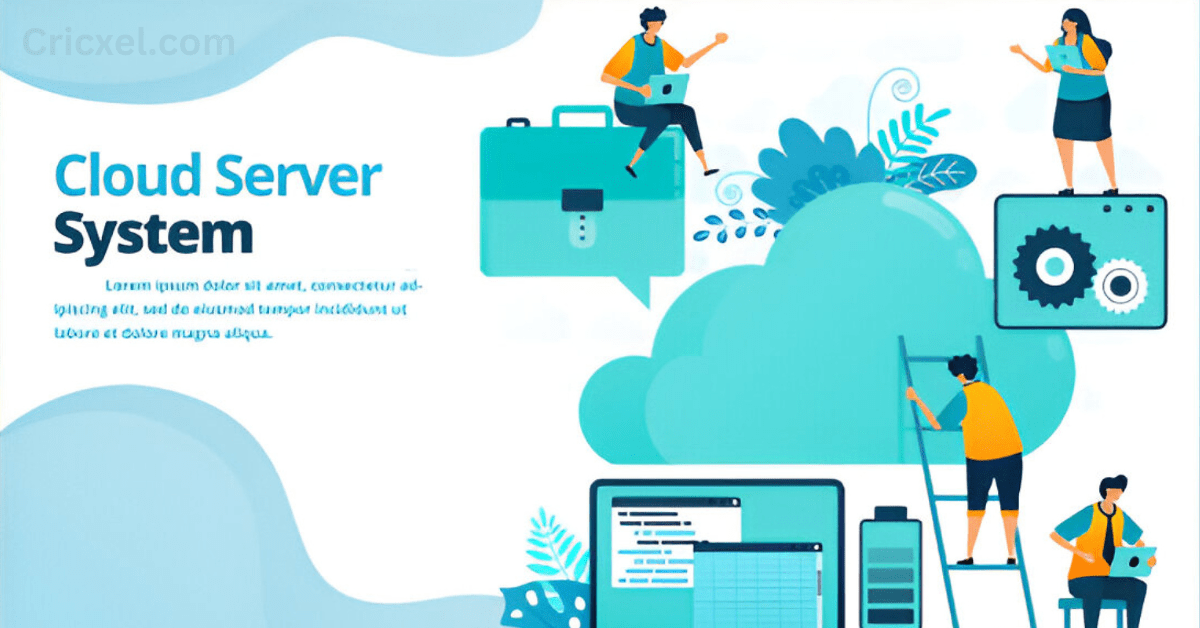JumpCloud is revolutionizing cloud directory services by offering a comprehensive, centralized platform for managing user identities, devices, and access controls across various IT environments. This article delves into how JumpCloud enhances cloud directory services, its key features, benefits, and the impact it has on modern IT management.
Introduction to JumpCloud
Founded in 2012, JumpCloud aims to provide a modern, cloud-based directory platform that addresses the limitations of traditional on-premises directory services like Microsoft Active Directory (AD). With a focus on flexibility, scalability, and security, JumpCloud’s Directory-as-a-Service (DaaS) enables organizations to manage their IT infrastructure efficiently.
Core Mission: JumpCloud’s core mission is to simplify IT management by integrating directory services, device management, and access control into a unified platform, accessible from anywhere.
Key Features of JumpCloud
JumpCloud offers a wide range of features designed to enhance cloud directory services and streamline IT management. These features provide comprehensive solutions for user management, security, and device control.
1. Unified Directory Services
JumpCloud provides a centralized platform for managing user identities across various systems and applications, supporting Windows, macOS, Linux, and cloud-based applications.

Key Capabilities:
- User Provisioning and Deprovisioning: Easily add or remove users across multiple systems and applications from a single console.
- LDAP and RADIUS Support: Integrate with existing infrastructure using Lightweight Directory Access Protocol (LDAP) and Remote Authentication Dial-In User Service (RADIUS).
- Cross-Platform Management: Manage users and devices regardless of the operating system, ensuring consistent access control across diverse environments.
2. Device Management
JumpCloud offers robust device management capabilities, allowing IT administrators to enforce security policies, monitor compliance, and manage devices remotely.
Key Capabilities:
- Policy Enforcement: Apply security policies and configurations across all managed devices, ensuring compliance with organizational standards.
- Real-Time Monitoring: Monitor device status and health in real-time, identifying and addressing issues proactively.
- Remote Management: Manage devices remotely, enabling quick responses to security incidents or compliance issues.
3. Access Control and Security
Security is a top priority for JumpCloud, which provides a range of features to protect user identities and data.
Key Capabilities:
- Single Sign-On (SSO): Enable users to access multiple applications with one set of credentials, reducing the risk of password fatigue and enhancing security.
- Multi-Factor Authentication (MFA): Add an extra layer of security by requiring users to provide two or more verification factors to gain access to resources.
- Role-Based Access Control (RBAC): Define roles and assign permissions based on job functions, ensuring appropriate access to resources.
4. Integration and Automation
JumpCloud integrates with numerous popular applications and services, providing seamless connectivity and automation capabilities.
Key Capabilities:
- API Integrations: Utilize JumpCloud’s API to integrate with existing systems and automate routine tasks, improving efficiency and reducing administrative overhead.
- Pre-Built Integrations: JumpCloud offers pre-built integrations with popular cloud services and applications, simplifying the setup and management process.
Benefits of JumpCloud for IT Management
JumpCloud’s comprehensive feature set offers numerous benefits that enhance cloud directory services and improve overall IT management.

1. Enhanced Security
JumpCloud’s robust security features, including MFA, SSO, and RBAC, significantly enhance the security posture of an organization. By centralizing user authentication and access control, JumpCloud reduces the risk of unauthorized access and data breaches.
2. Improved Efficiency
With JumpCloud, IT administrators can manage users, devices, and access controls from a single platform, streamlining administrative tasks and improving efficiency. The platform’s automation capabilities further reduce the workload on IT staff.
3. Scalability and Flexibility
JumpCloud’s cloud-based infrastructure allows organizations to scale their IT operations easily. Whether adding new users, integrating additional applications, or managing more devices, JumpCloud provides the flexibility needed to grow without the limitations of on-premises solutions.
4. Cost Savings
By eliminating the need for physical servers and reducing maintenance costs, JumpCloud offers significant cost savings. Organizations can also benefit from the platform’s pay-as-you-go pricing model, which aligns with their specific needs and usage.
Use Cases of JumpCloud
JumpCloud’s versatile platform is suitable for various industries and use cases, demonstrating its flexibility and broad applicability.
1. Startups and SMEs
For startups and small to medium-sized enterprises (SMEs), JumpCloud provides an affordable and scalable solution for managing IT infrastructure. Its ease of use and minimal setup requirements make it ideal for growing companies with limited IT resources.
2. Educational Institutions
Educational institutions can leverage JumpCloud to manage student and faculty identities, secure access to educational resources, and ensure compliance with regulatory requirements. The platform’s ability to integrate with various learning management systems (LMS) further enhances its value in this sector.
3. Healthcare Providers
Healthcare providers must adhere to strict regulatory standards for data security and privacy. JumpCloud’s comprehensive security features and compliance reporting capabilities help healthcare organizations meet these requirements while efficiently managing their IT infrastructure.
4. Remote and Distributed Workforces
In the era of remote work, JumpCloud enables organizations to manage distributed workforces effectively. By providing secure, remote access to applications and resources, JumpCloud ensures that employees can work productively from anywhere.
Future Directions for JumpCloud
JumpCloud continues to innovate and expand its capabilities to meet the evolving needs of modern IT environments. The following areas represent future directions for the platform:

1. Artificial Intelligence and Machine Learning
JumpCloud plans to integrate artificial intelligence (AI) and machine learning (ML) to enhance its security features and provide predictive analytics. These technologies can help identify potential threats and optimize IT management processes.
2. Expanded Integrations
JumpCloud aims to increase the number of integrations with popular applications and services, providing more seamless connectivity and extending its functionality.
3. Enhanced User Experience
Continuous improvements to the user interface and experience for both administrators and end-users are a priority. This focus ensures that JumpCloud remains intuitive and easy to use.
4. Global Expansion
JumpCloud is expanding its global presence to support organizations worldwide. This includes providing localized solutions and support to meet the needs of different regions and industries.
More–
Unlocking the Power of JumpCloud for Modern IT Management
Conclusion
JumpCloud has significantly enhanced cloud directory services by offering a comprehensive, scalable, and secure platform for managing user identities, devices, and access controls. Its robust features, including unified directory services, device management, access control, and seamless integrations, make it an invaluable tool for modern IT management. As JumpCloud continues to innovate and expand its capabilities, it is poised to remain a leader in the IT management landscape, empowering organizations to navigate the complexities of today’s digital world effectively.





